In 2024, on-page SEO remains a fundamental aspect of optimizing websites for search engines. While search algorithms evolve, on-page SEO remains the foundation of ensuring that your website communicates effectively with both users and search engines. This article dives into the importance of on-page SEO, covering content optimization, meta tags, structured data, mobile-friendliness, and page speed.
Contents:
- What is On-Page SEO?
- Optimizing Content for On-Page SEO
- Meta Tags: Title, Description, and Keywords
- Structured Data and Schema Markup
- Mobile-Friendliness and Responsive Design
- Page Speed Optimization

1. What is On-Page SEO?
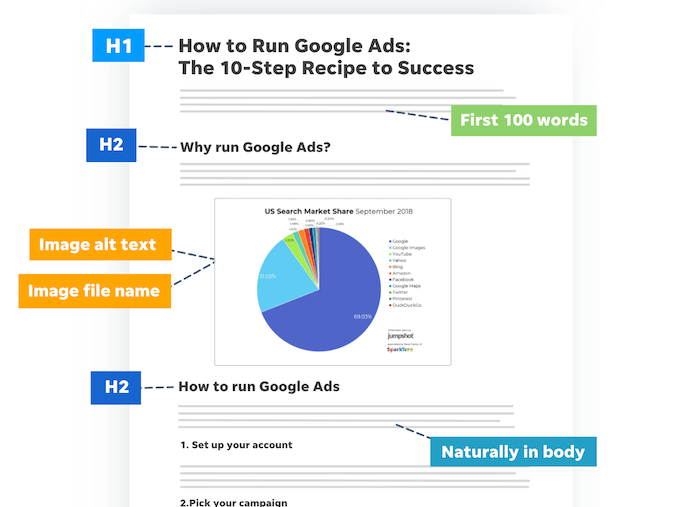
On-page SEO refers to the process of optimizing individual web pages to rank higher in search engine results and attract relevant traffic. It involves tweaking both the content and HTML source code of a page, ensuring that search engines understand what the page is about and users have a positive experience. Effective on-page SEO helps search engines index your pages efficiently while improving user experience.
Why On-Page SEO is Still Relevant in 2024
While advancements in machine learning and natural language processing have transformed how search engines evaluate content, the principles of on-page SEO remain crucial. Google’s algorithms continue to prioritize websites that offer clear, high-quality content with fast loading times and a mobile-friendly design. A well-optimized page is more likely to appear in rich snippets and rank higher on SERPs.
2. Optimizing Content for On-Page SEO

Content is at the core of on-page SEO. In 2024, search engines will continue to focus on user intent and the relevance of the content to the query. Optimizing your content for SEO means ensuring that it is useful, informative, and well-structured, while also targeting relevant keywords that align with user searches.
1. Keyword Research
Start by conducting thorough keyword research using tools like Google Keyword Planner, SEMrush, or Ahrefs. Choose keywords that match the search intent of your target audience. Focus on both short-tail and long-tail keywords, incorporating them naturally into your content.
2. Content Structure and Readability
- Use headings (H1, H2, H3) to structure your content and make it easier for users to navigate.
- Ensure that your paragraphs are concise, with no more than 3–4 sentences per paragraph for readability.
- Incorporate bullet points and lists to break down complex topics and make the content more digestible.
3. Content Length
Long-form content (1,500–2,500 words) tends to rank better because it provides more value and depth. However, the key is to focus on quality over quantity. Every section should serve a purpose and provide relevant information.
3. Meta Tags: Title, Description, and Keywords

Meta tags play a critical role in how search engines interpret the content of your page. They also influence how users interact with your site on the search engine results page (SERP).
1. Title Tags
The title tag is one of the most important on-page SEO elements. It tells search engines what the page is about and is often displayed as the clickable headline on SERPs. Ensure that your title is concise (50–60 characters) and includes the primary keyword for the page.
2. Meta Descriptions
Although meta descriptions don’t directly affect search rankings, they play a crucial role in increasing click-through rates (CTR). A compelling meta description (150–160 characters) can entice users to click on your link.
3. Meta Keywords (Legacy)
In the early days of SEO, meta keywords were heavily used. However, most modern search engines, including Google, no longer rely on them to determine rankings. Instead, focus on using keywords naturally within your content, title, and headings.
4. Structured Data and Schema Markup
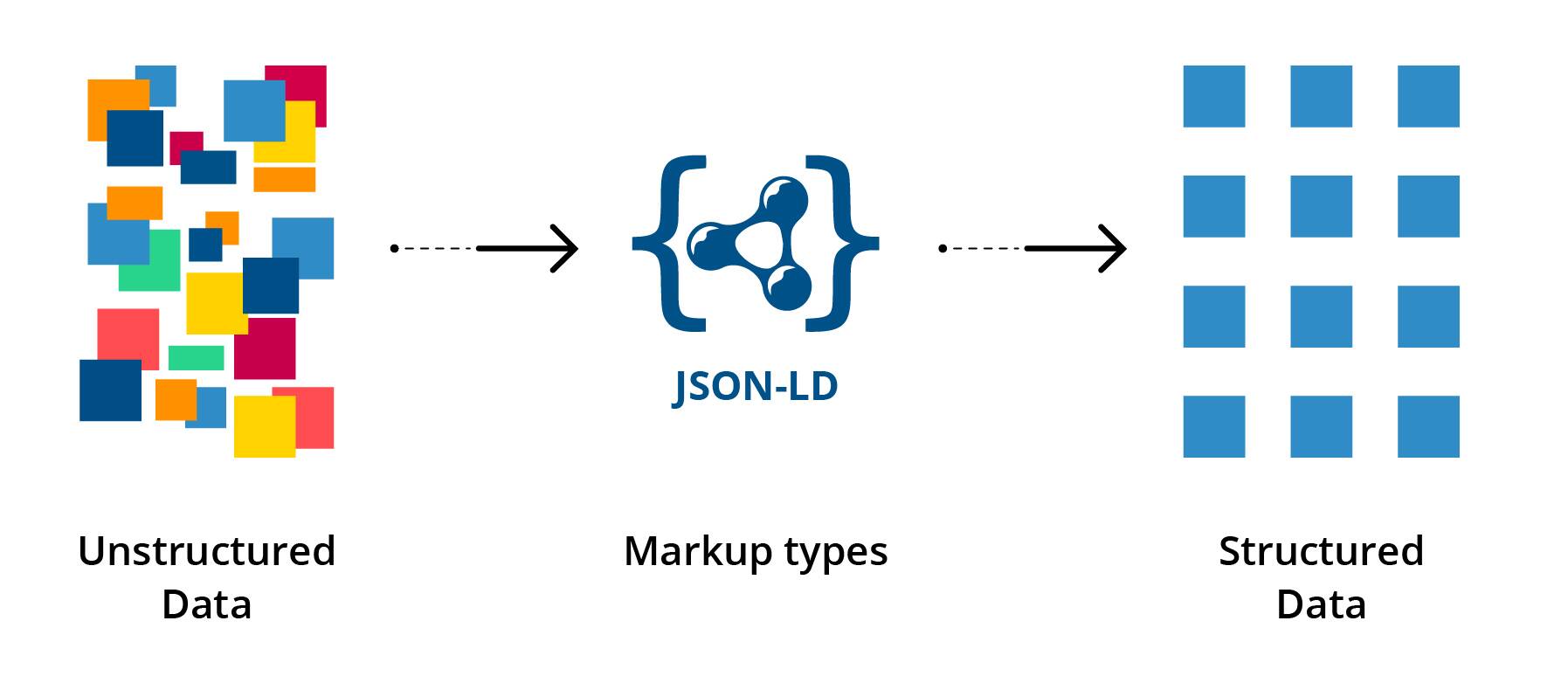
Structured data and schema markup help search engines understand the context of your content. By adding structured data to your page, you can enable rich snippets to appear in search results, which can significantly improve your click-through rate.
What is Schema Markup?
Schema markup is a form of structured data that provides additional context about a page’s content. It uses standardized code to classify information, making it easier for search engines to display rich results, such as star ratings, FAQs, or product details.
How to Implement Schema Markup
- Use Google’s Structured Data Markup Helper to generate schema for your website.
- Ensure you implement schema for reviews, FAQs, articles, products, and events, where applicable.
- Regularly check for any errors in structured data using Google Search Console’s Structured Data Testing Tool.
5. Mobile-Friendliness and Responsive Design

With Google’s mobile-first indexing, websites that aren’t optimized for mobile devices will struggle to rank well. Mobile-friendliness is no longer optional — it’s a necessity in 2024.
Why Mobile Optimization Matters
Over 60% of web traffic now comes from mobile devices. Google prioritizes the mobile version of your site in its indexing and ranking algorithms, making it crucial that your site is responsive and easy to use on smaller screens.
Key Aspects of Mobile Optimization
- Responsive design: Your website should automatically adjust to fit different screen sizes.
- Fast loading times: Ensure that your site loads quickly on mobile devices by optimizing images, reducing unnecessary scripts, and using browser caching.
- Touch-friendly navigation: Buttons and interactive elements should be easy to click on smaller screens.
6. Page Speed Optimization
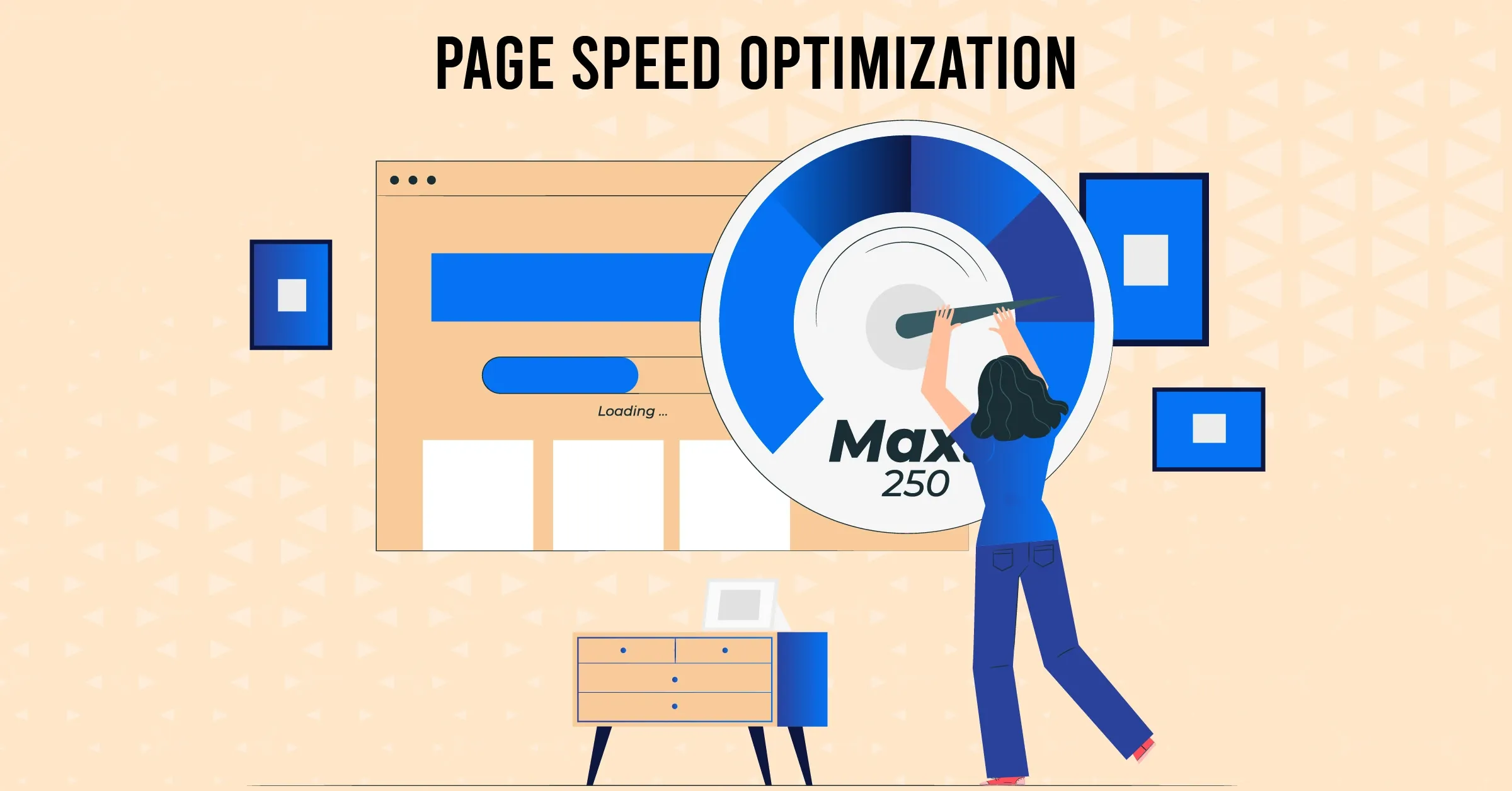
Page speed is a significant ranking factor in 2024. Websites that load slowly will not only rank lower but will also have higher bounce rates and lower engagement.
How to Improve Page Speed
- Optimize images: Compress images without losing quality using tools like TinyPNG or ImageOptim.
- Leverage browser caching: Store static resources like CSS, JavaScript, and images locally on users' browsers to reduce load times on repeat visits.
- Minify CSS, JavaScript, and HTML: Remove unnecessary code to reduce the size of your files.
- Use a Content Delivery Network (CDN): Distribute your content across multiple servers worldwide to reduce the physical distance between your website and users.
- Enable GZIP compression: Compress your files before sending them to the browser to reduce the time it takes for the website to load.
- Prioritize above-the-fold content: Ensure that the most important content loads first to engage users faster, especially on mobile devices.
- Reduce server response time: Opt for quality web hosting services and reduce the number of server requests.
Why Page Speed Matters
In 2024, page speed is more important than ever. Research shows that users are more likely to abandon a site if it takes longer than 3 seconds to load. Page speed not only improves user experience but also significantly impacts your SEO rankings. Google’s Core Web Vitals, including Largest Contentful Paint (LCP), First Input Delay (FID), and Cumulative Layout Shift (CLS), all emphasize the importance of a fast, smooth user experience.
Conclusion
On-page SEO is critical for success in 2024. By focusing on content optimization, meta tags, structured data, mobile-friendliness, and page speed, you can significantly improve your website’s visibility and user experience. While off-page SEO factors like backlinks and social signals are important, ensuring that your on-page elements are fully optimized is the foundation for long-term SEO success.
As search engines become more sophisticated, keeping up with on-page SEO best practices will ensure that your website continues to rank well and provides a seamless experience for users. Investing time and effort into these factors will not only boost your rankings but also increase traffic and conversions.

 Access Request Form
Access Request Form
 Afterparty RSVP Form
Afterparty RSVP Form
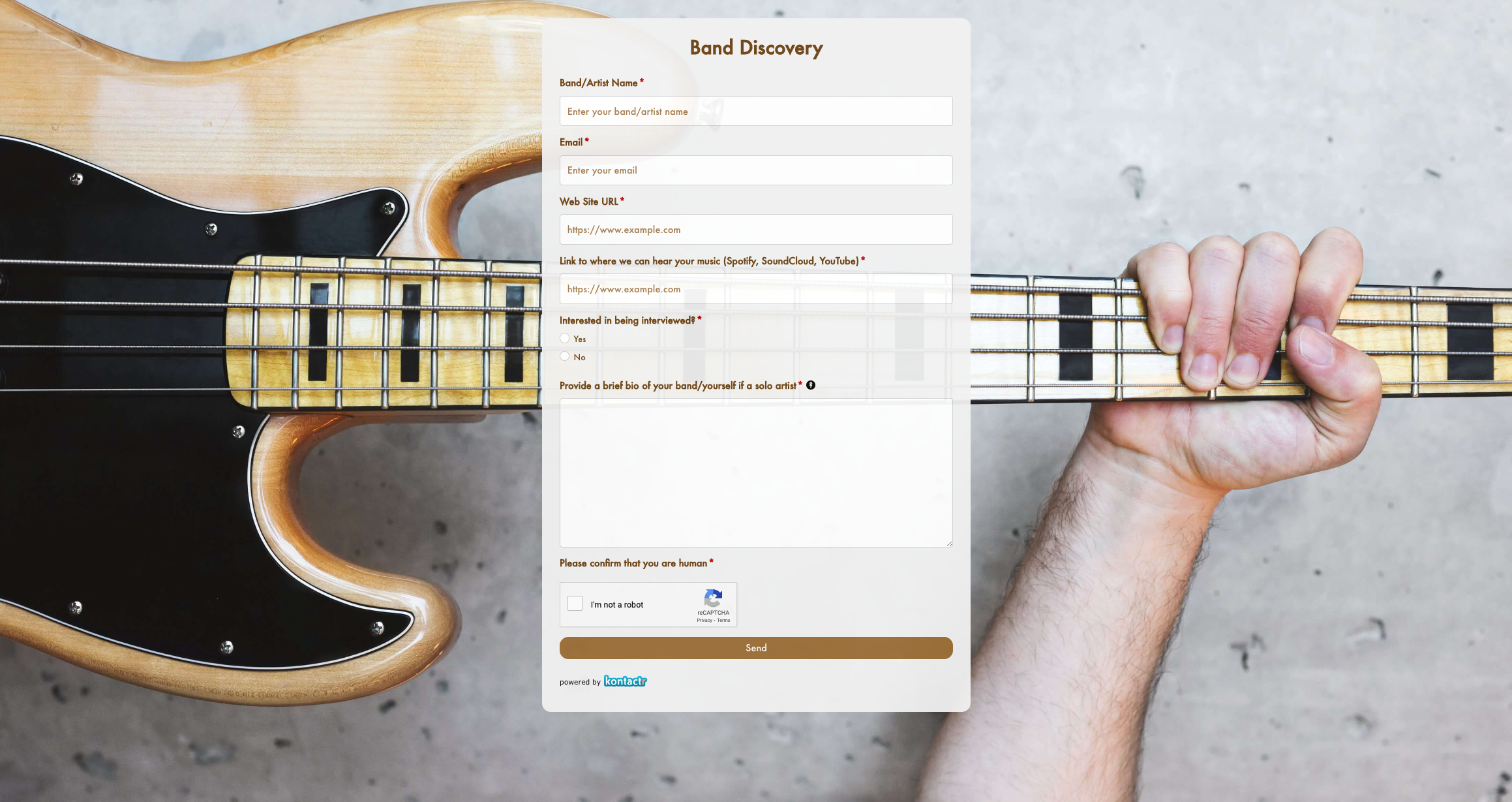 Band Discovery Form
Band Discovery Form
 Book a room Form
Book a room Form
 Booking Enquiries Form
Booking Enquiries Form
 Brochure Mailing Form
Brochure Mailing Form
 Buy a Home Form
Buy a Home Form
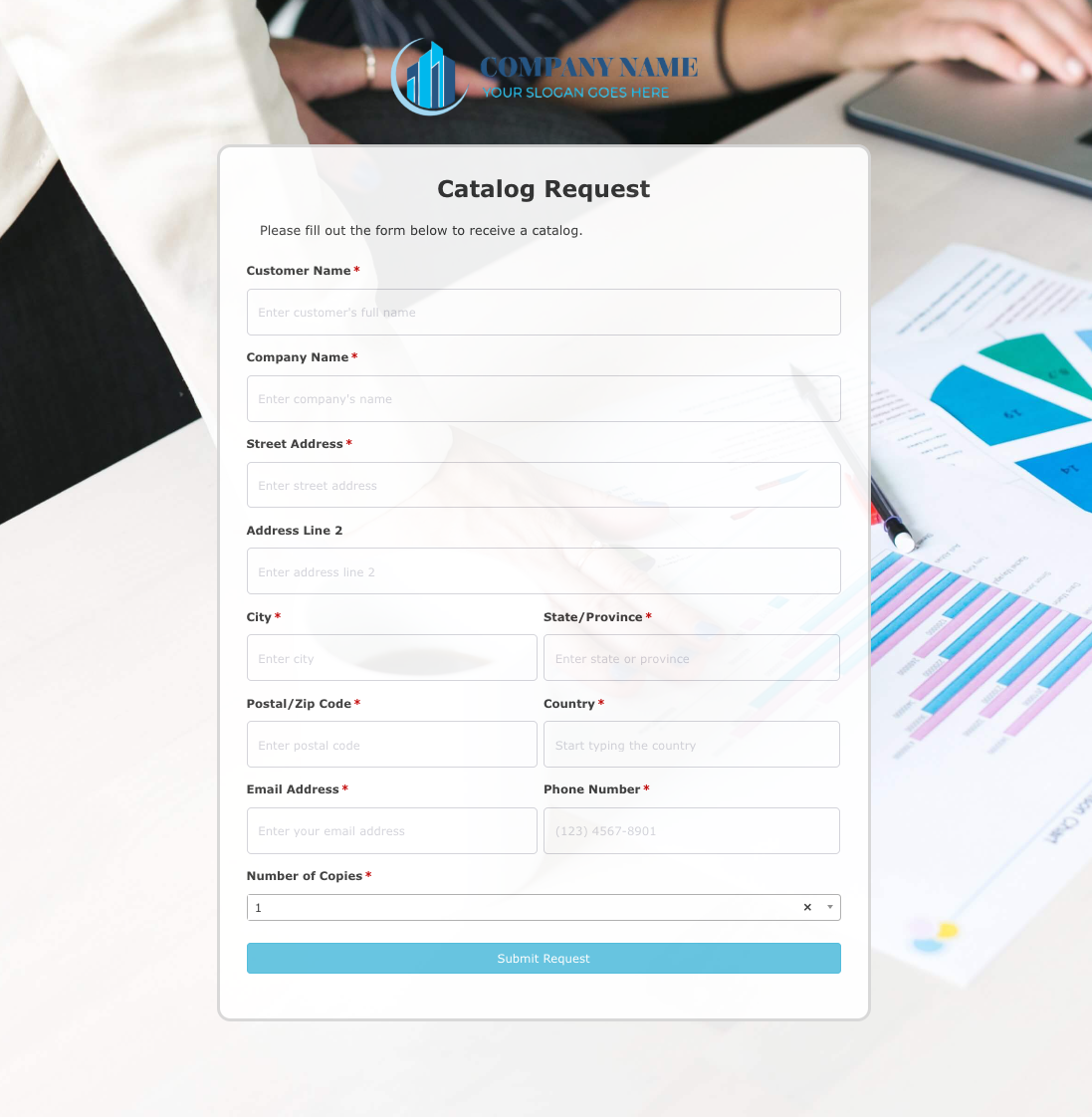 Catalog Request Form
Catalog Request Form
 Coach Lines Quote Form
Coach Lines Quote Form
 Contact Us Form
Contact Us Form
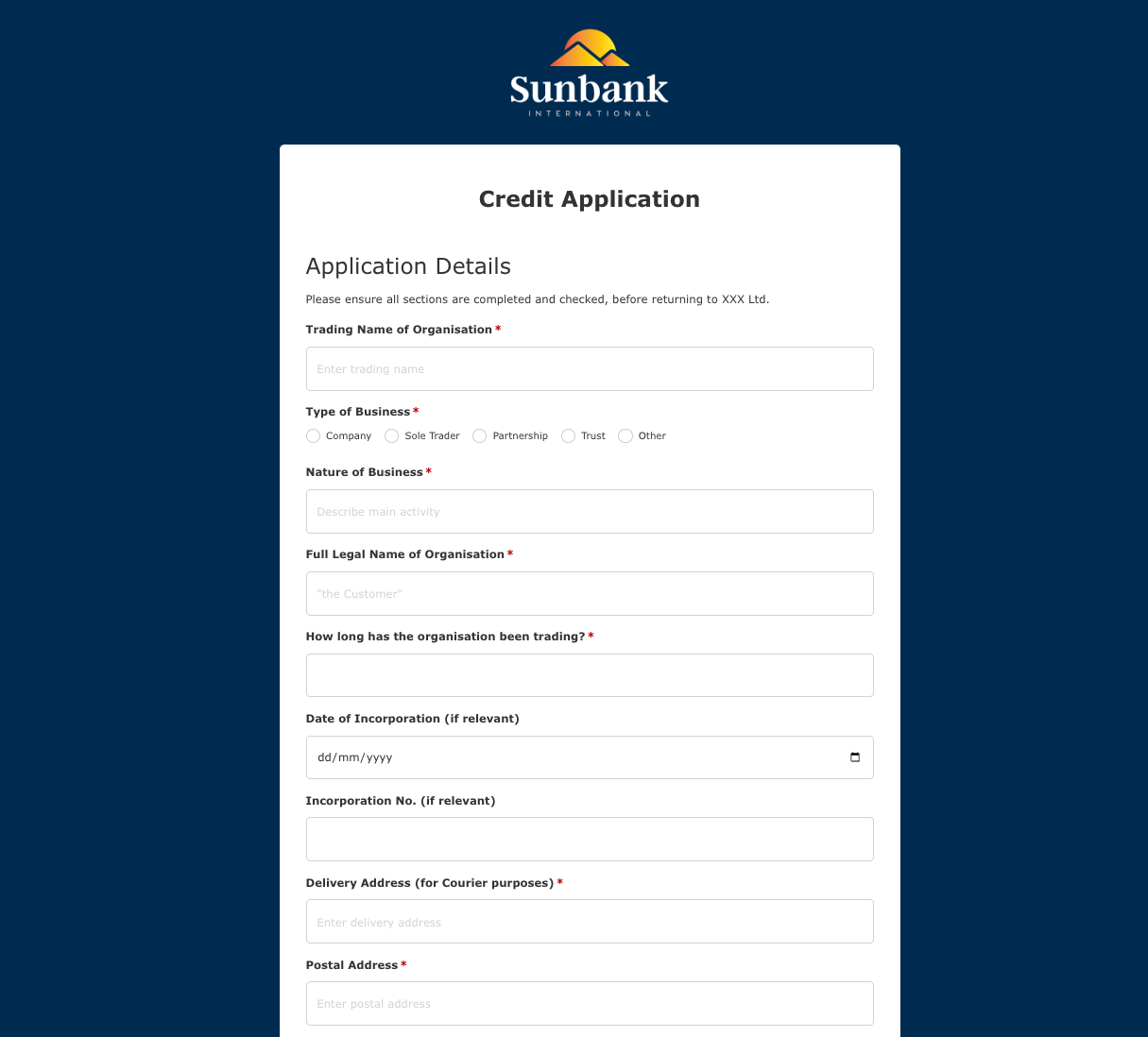 Credit Application Form
Credit Application Form
 Drop me a line Form
Drop me a line Form
 Enquiry / Feedback Form
Enquiry / Feedback Form
 Got a question? Form
Got a question? Form
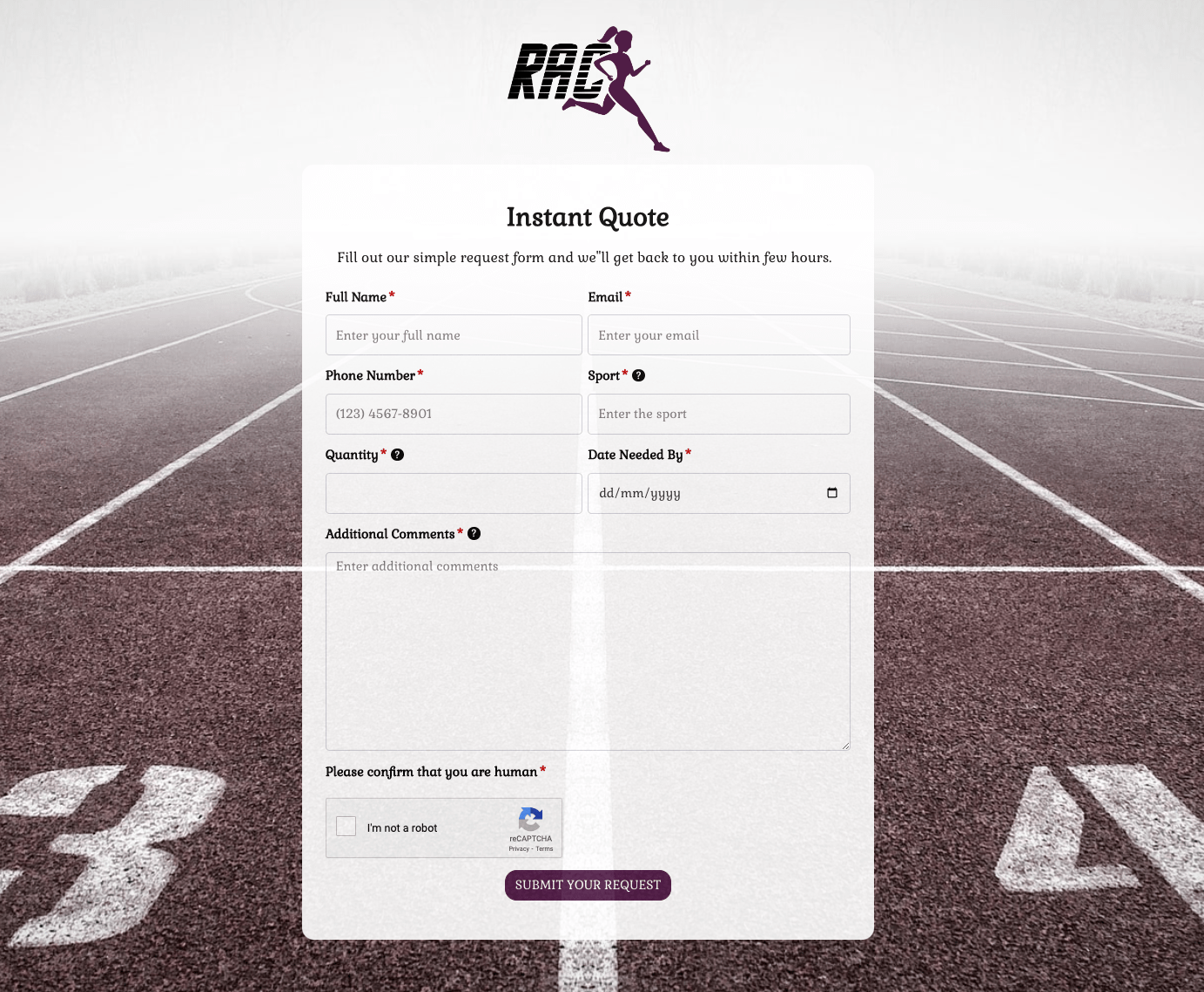 Instant Quote Form
Instant Quote Form
 Job Application Form
Job Application Form
 Language & Literacy Lab Form
Language & Literacy Lab Form
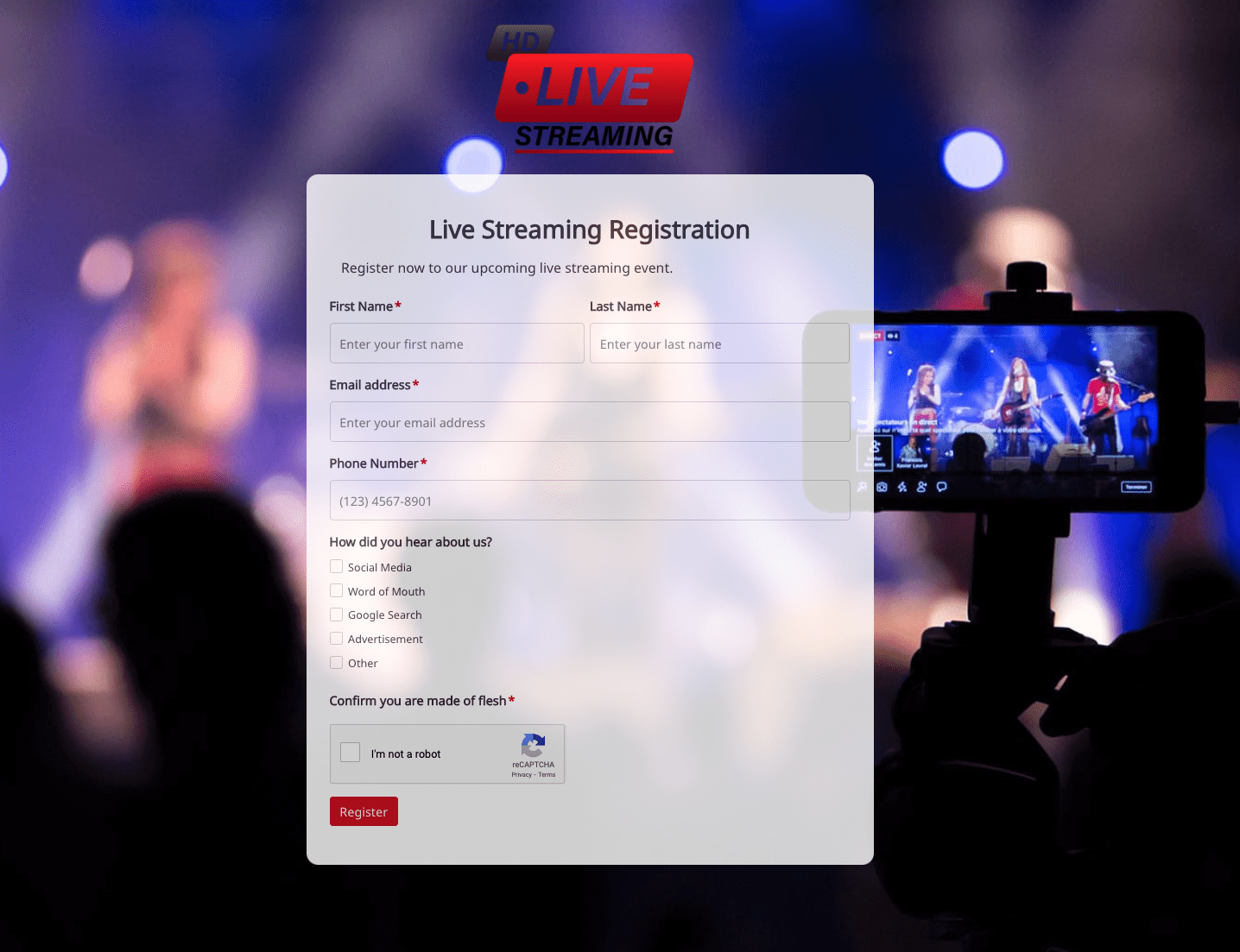 Live Streaming Registration Form
Live Streaming Registration Form
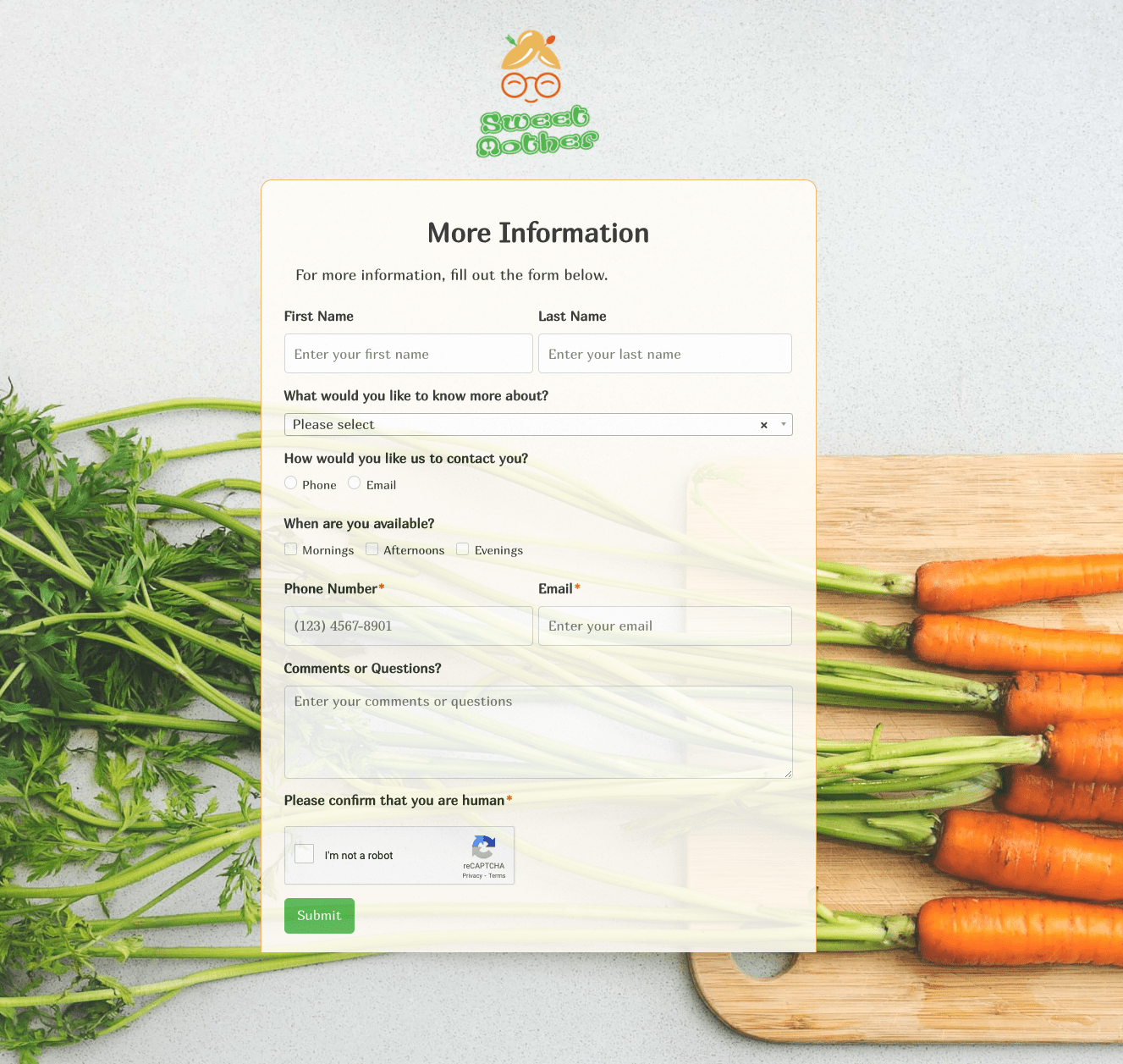 More Information Form
More Information Form
 Order Exchange Form
Order Exchange Form
 Party Box Order Form
Party Box Order Form
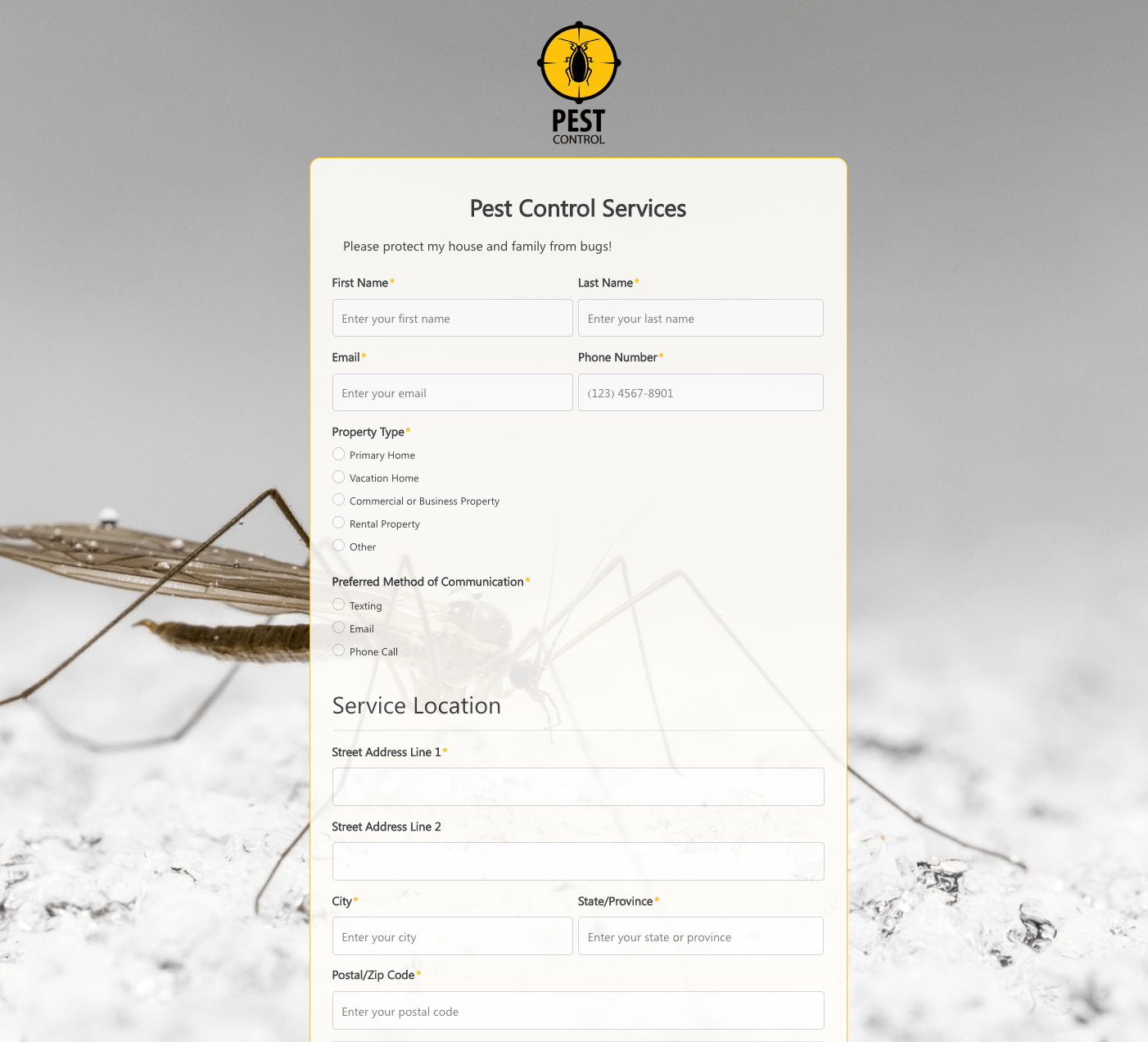 Pest Control Services Form
Pest Control Services Form
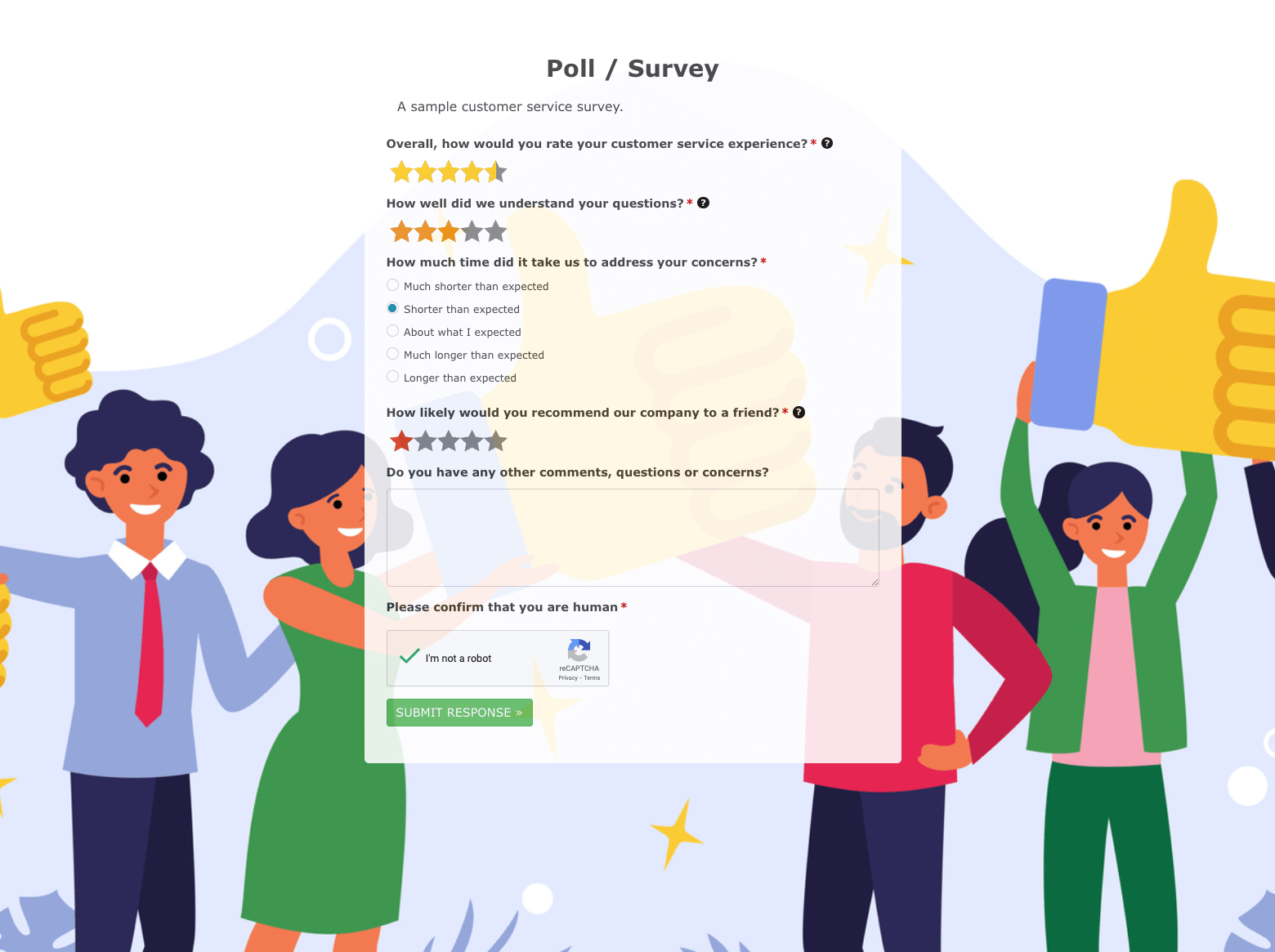 Poll / Survey Form
Poll / Survey Form
 Receive Ebook Form
Receive Ebook Form
 Refinance Mortgage Form
Refinance Mortgage Form
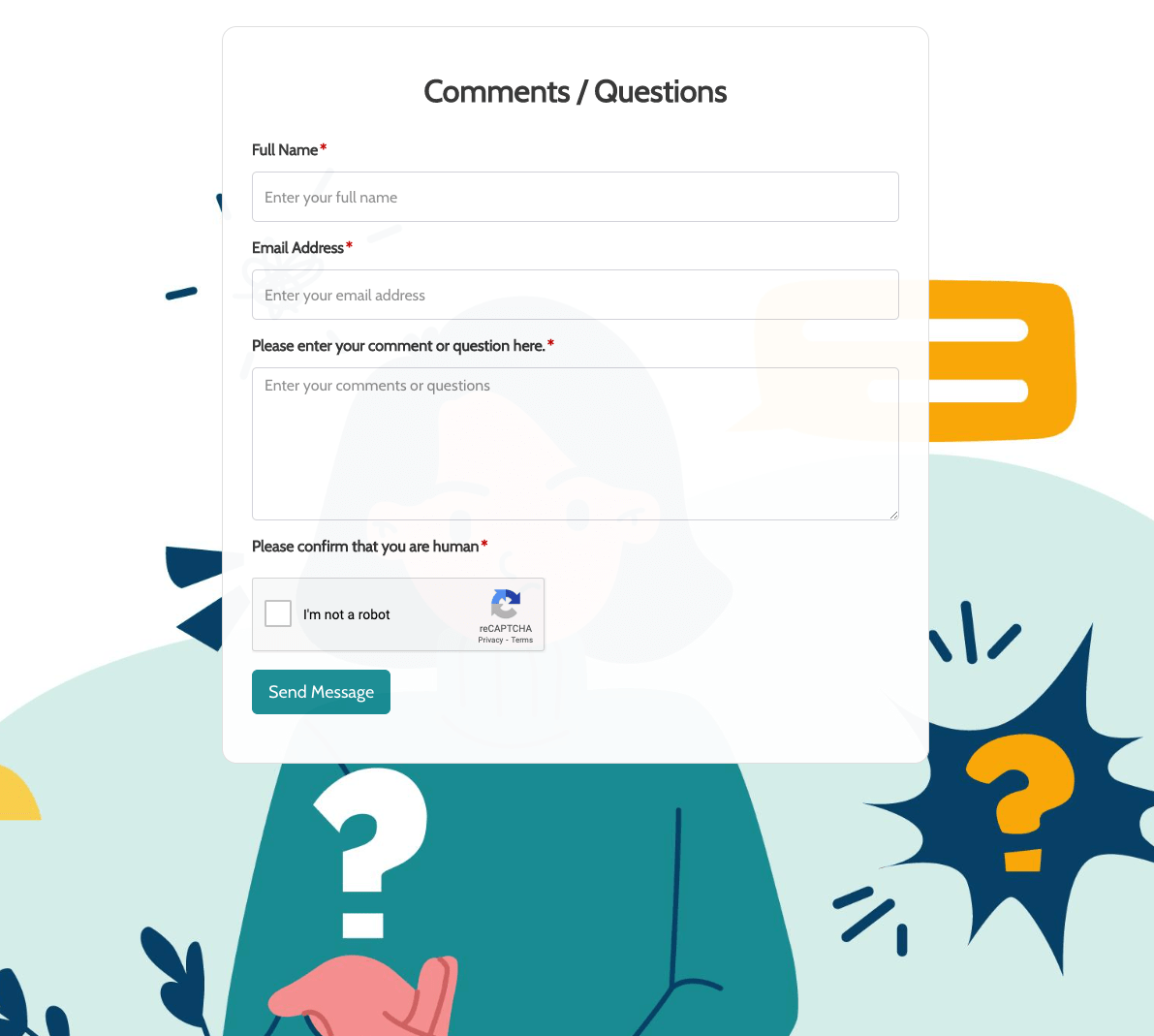 Remarks / Questions Form
Remarks / Questions Form
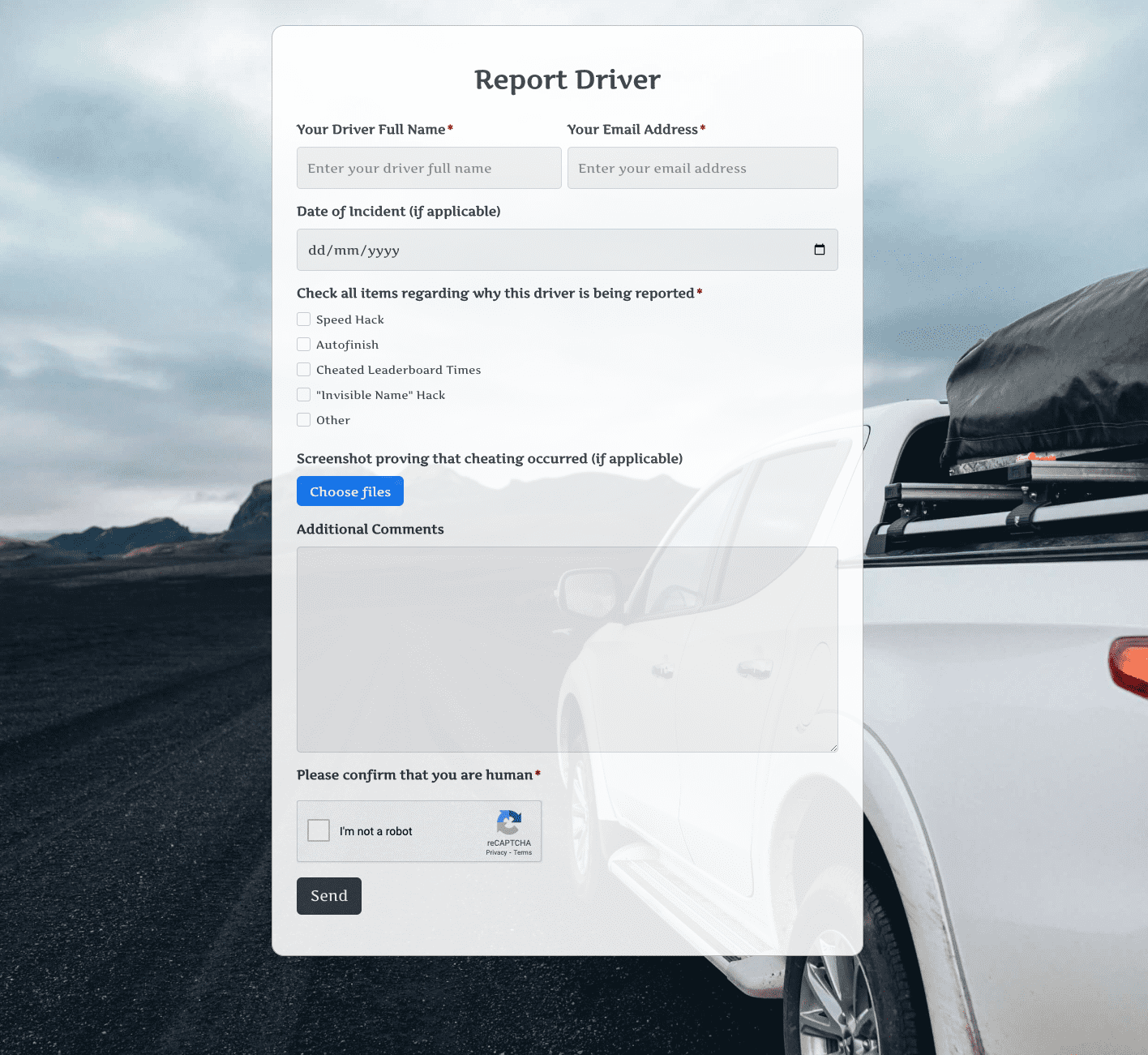 Report Driver Form
Report Driver Form
 Retreat Information Form
Retreat Information Form
 Service Enquiry Form
Service Enquiry Form
 Skydiving Registration Form
Skydiving Registration Form
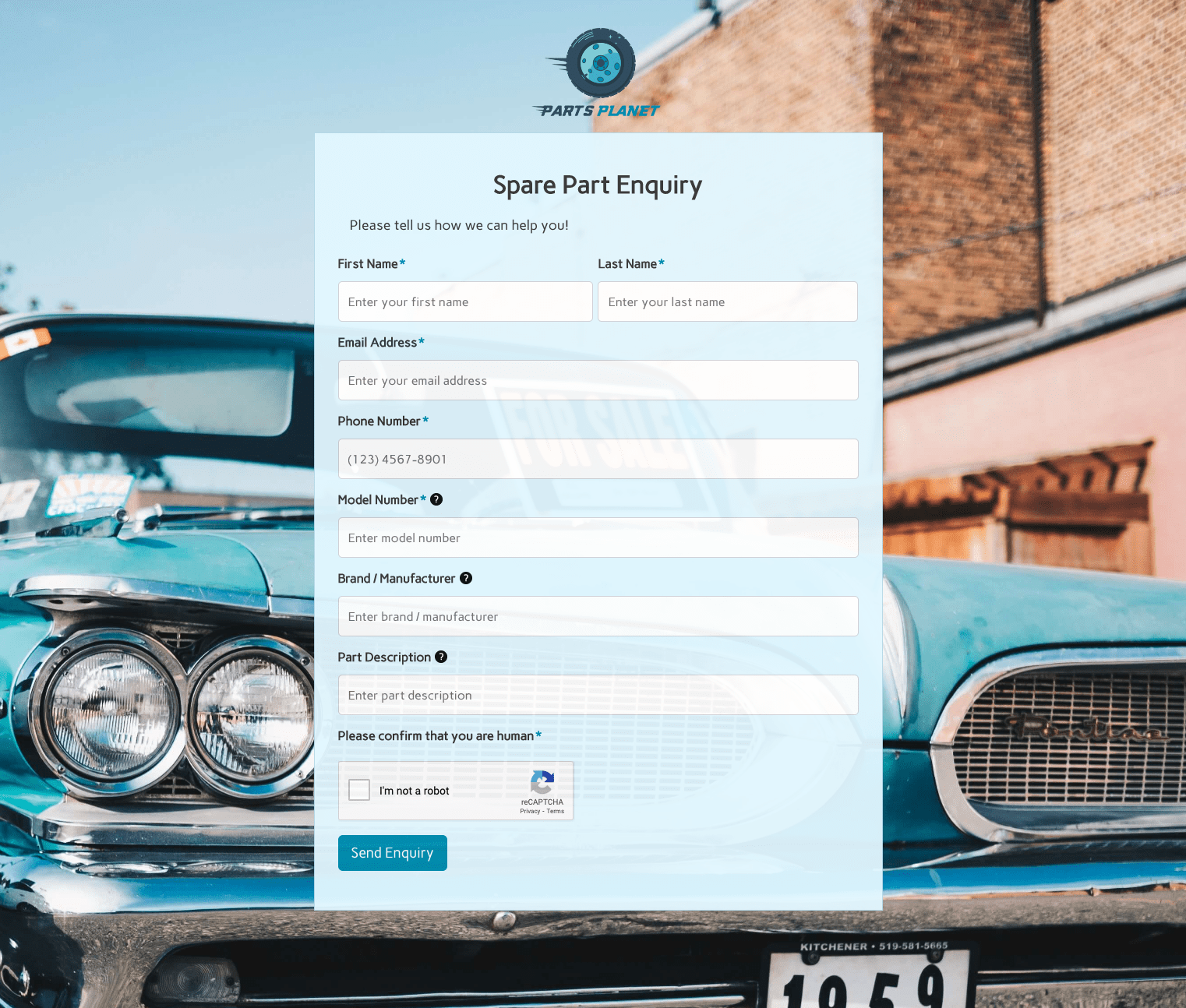 Spare Part Enquiry Form
Spare Part Enquiry Form
 Staff Application Form
Staff Application Form
 Submission Form
Submission Form
 User Registration Form
User Registration Form
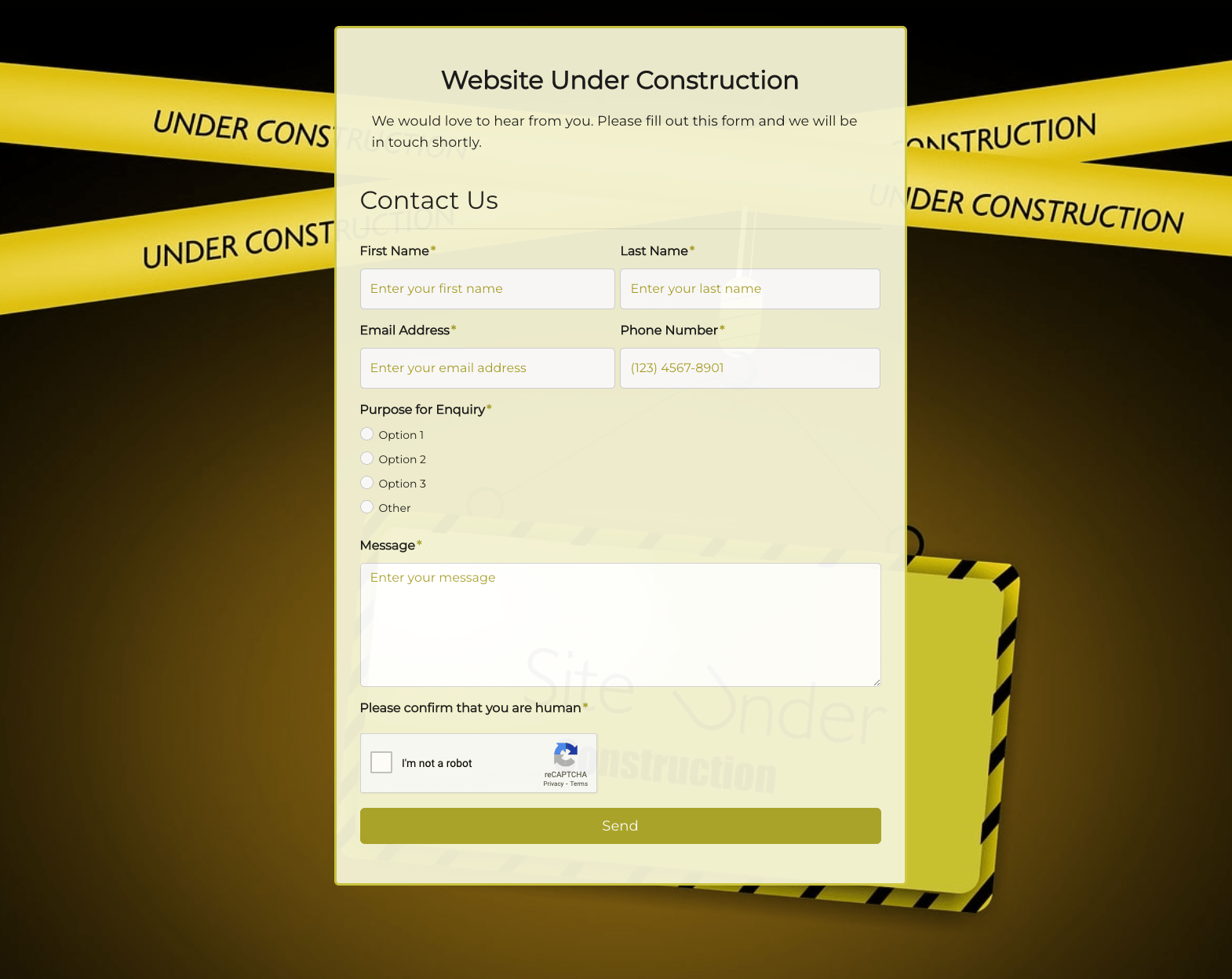 Website Under Construction Form
Website Under Construction Form
 Wedding Photographer Form
Wedding Photographer Form
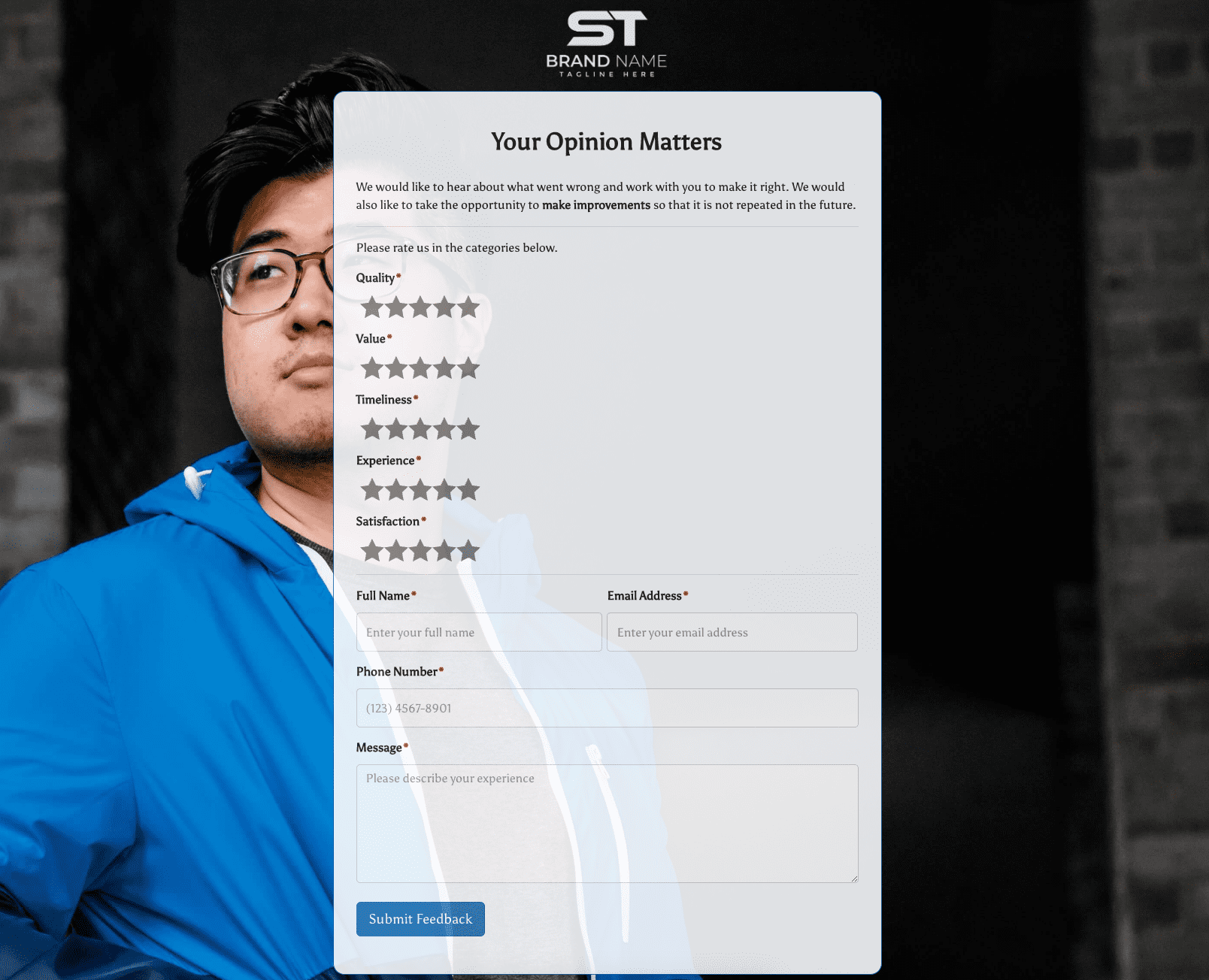 Your Opinion Matters Form
Your Opinion Matters Form
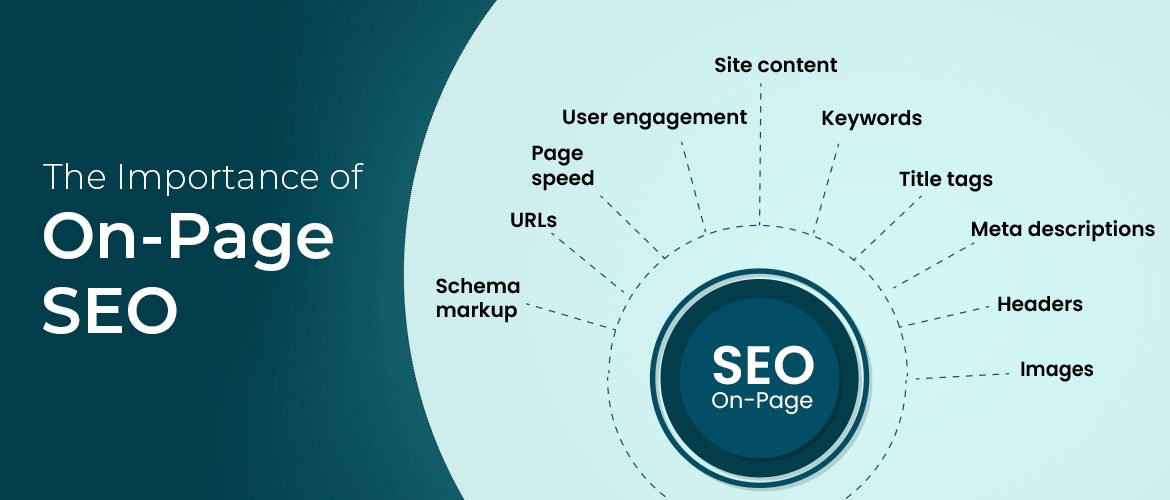









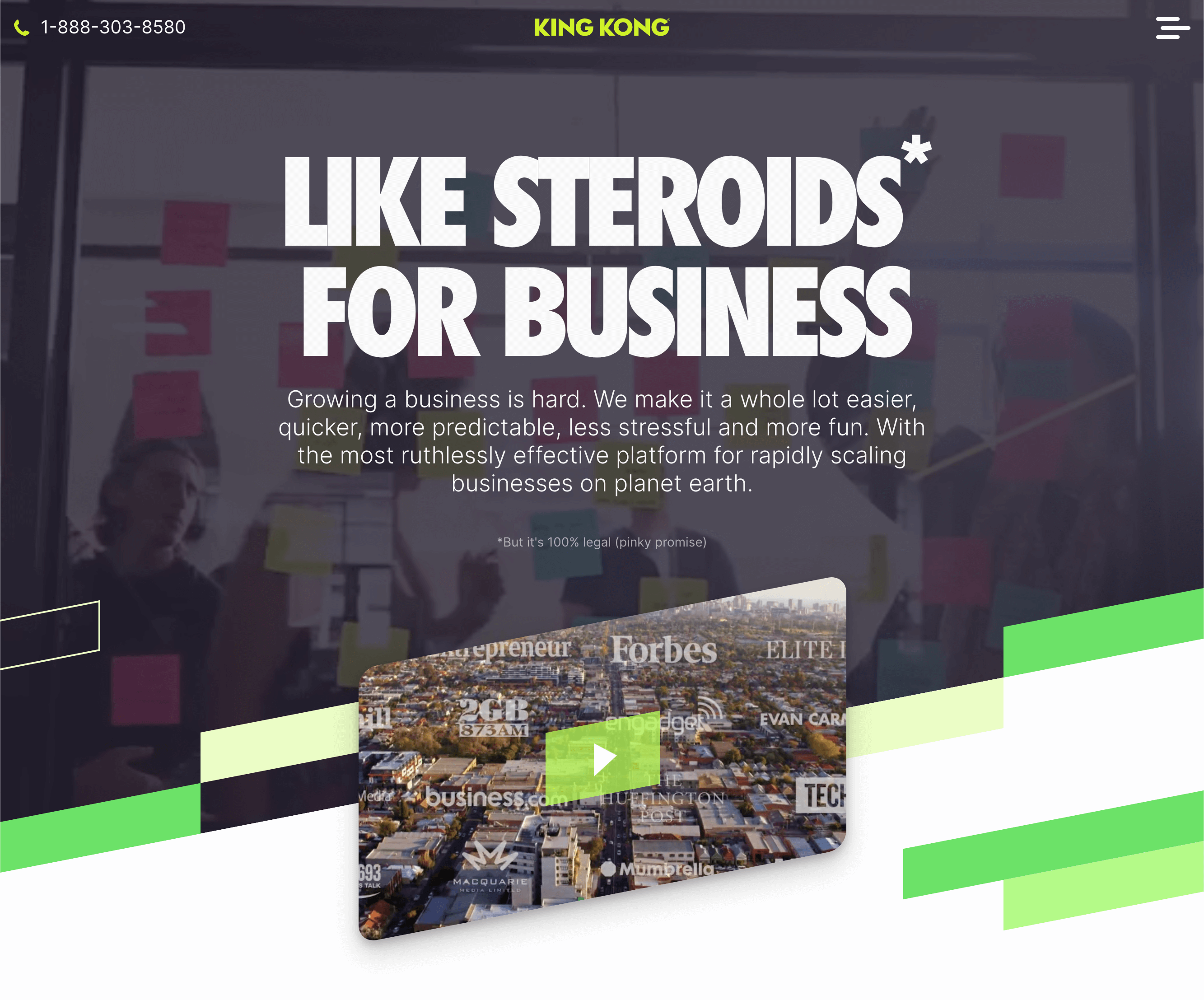

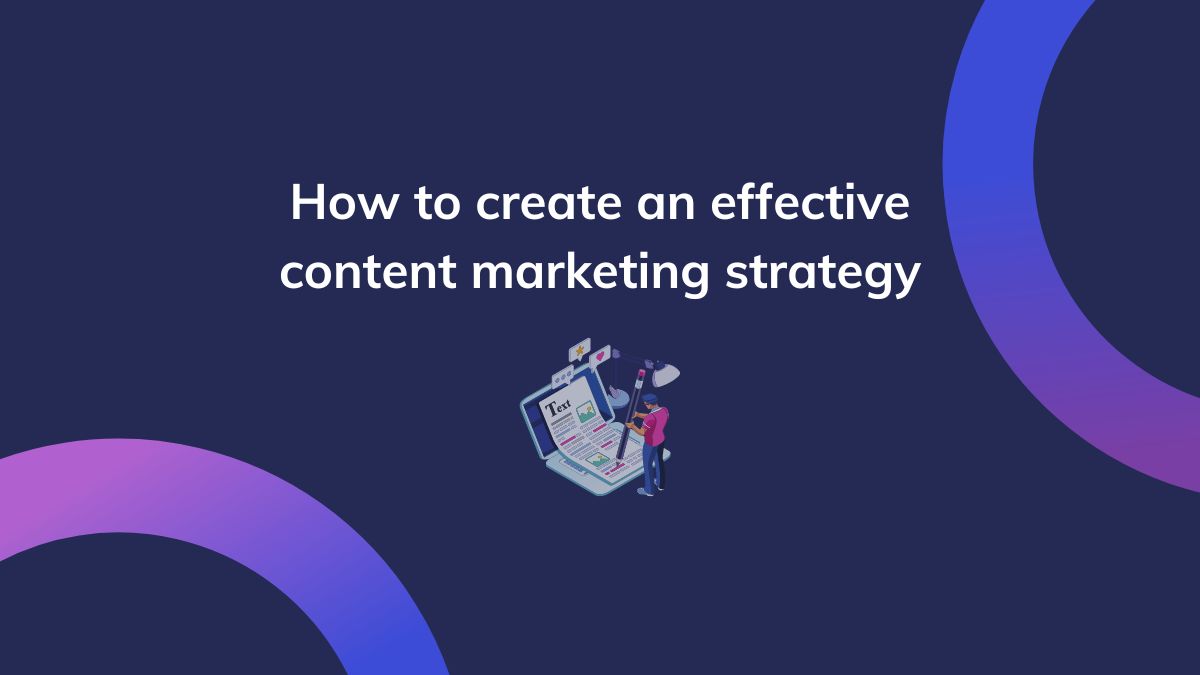


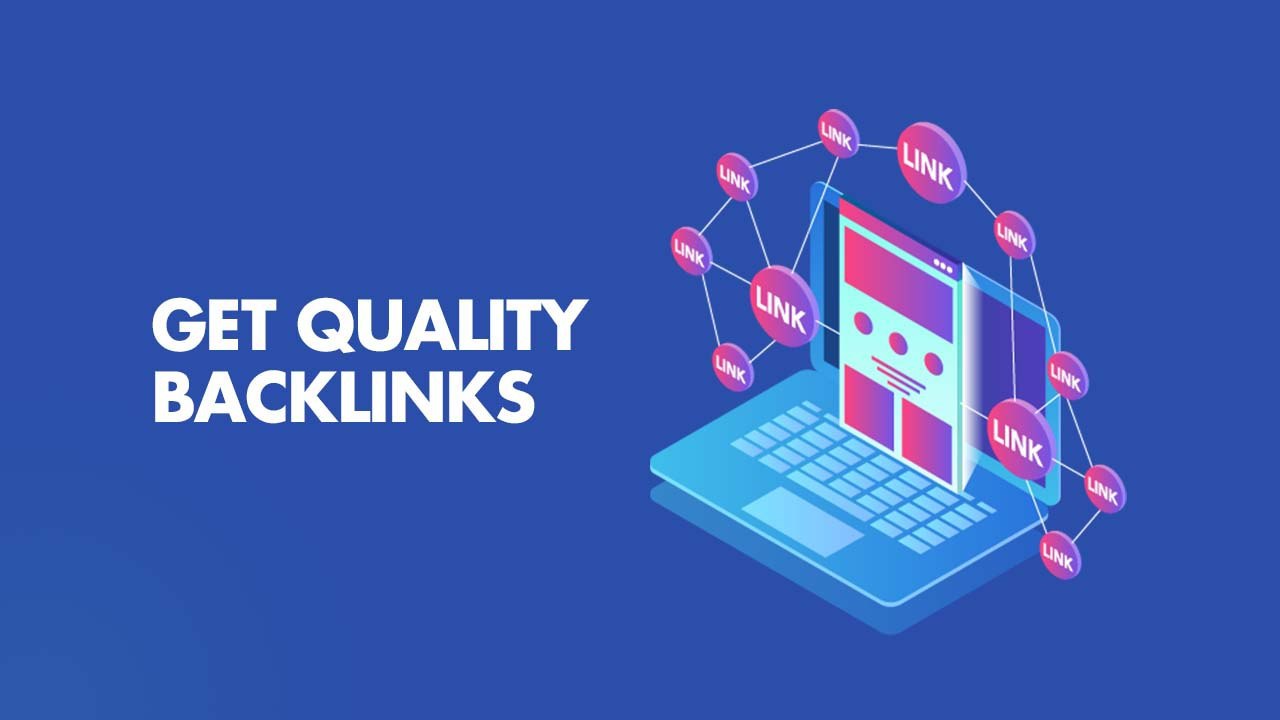






.jpeg)

